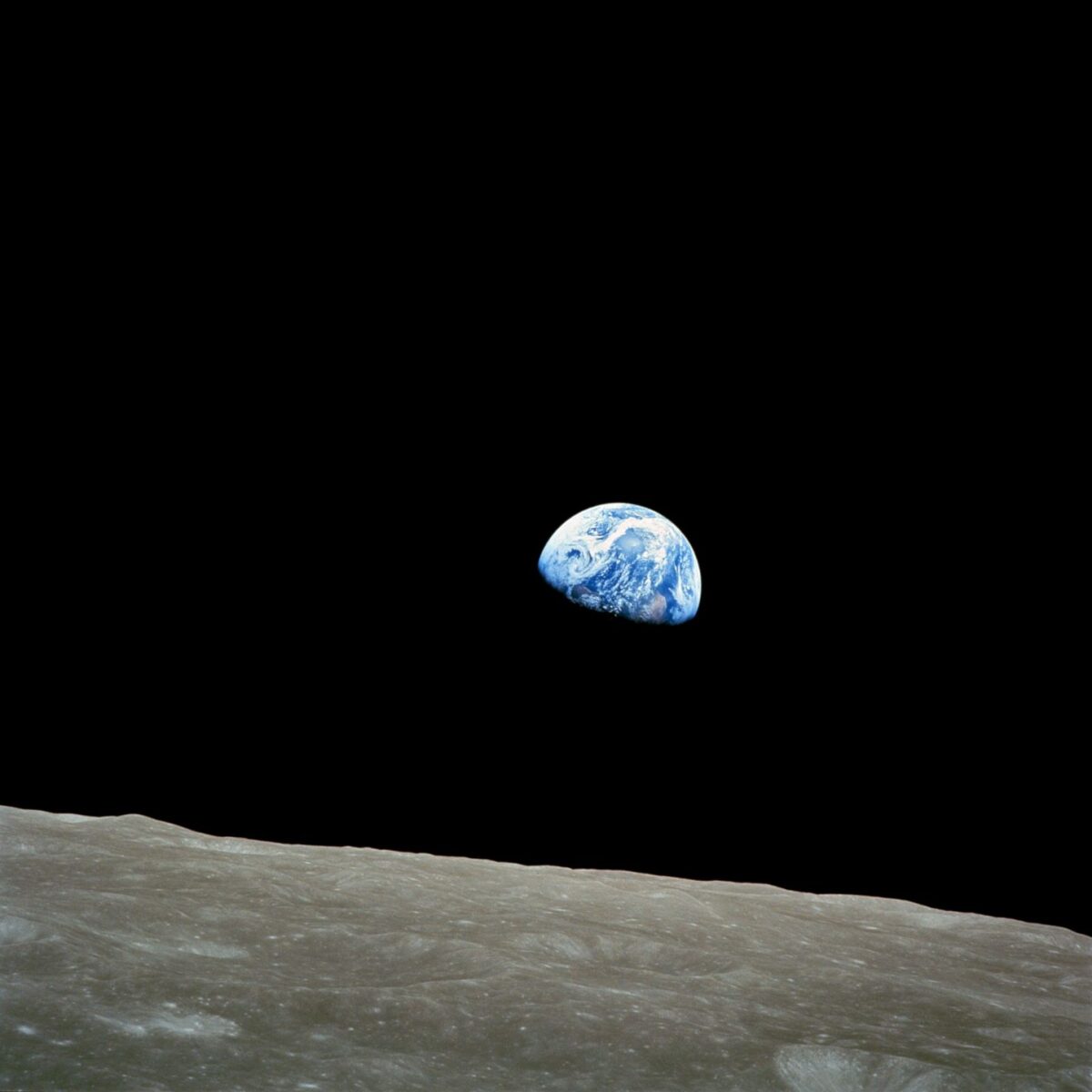A Lunarian Thought: Living in the Moon

Throughout history until now, poets have admired the moon’s beauty. Looking at it for hours, they would not tire from cherishing and appreciating its beauty. Years later, scientific and technological advancements showed that its surface had a desolate beauty.
The Lunar Missions
The Lunar Mission or the Moon Mission started in the late 1950s when the Soviet Union was ahead of the United States of America in space explorations. Therefore in 1961, US President John F. Kennedy gave inspiration and hope to the American people; he affirmed the landing of man on the moon and his safe return to the Earth before the end of the decade.
The US accomplished this goal eight years later by sending Edwin Aldrin and Neil Armstrong on the moon. The first step was risky and complex. However, many steps followed naturally after the first step, including many exploratory missions to study the moon’s surface and the universe.
On July 20, 1969, Neil Armstrong touched the lunar surface and said, “That’s one small step for man, one giant leap for mankind.” His mission included collecting samples of the moon’s surface for further studies. Little was known that they would be the base for building buildings one day.
How Mankind Lives on the Moon
Life on the moon would be more disparate for explorers than life on Earth. From its lack of air to lighter gravity, the moon is a harsh mistress, just like the late sci-fi author Robert Heinlein claimed. The moon has no weather, no atmosphere, and oceans of water. Its surface is in an eternal nihility. Astronauts in pairs have lived on its surface only up to three days at a time in the small Lunar Module of the Apollo program.
Only twelve humans (the crews of Apollo 11, 12, 14, 15, 16, and 17) have ever walked on the moon’s surface. Apollo astronauts had to tread carefully or risk stumbling or falling because the moon’s gravity is only one-sixth of Earth’s gravity. They ultimately perfected bunny hops and a bouncing gait to walk along the lunar surface.
The sci-fi novel entitled Moon Luck by Wayne Scott Harral conveyed that one or more active stations will be permanently located on the moon in the coming decades. And another will inevitably take a human life while people live in these moon colonies. Harral’s glimpse into the near future as we inhabit the Moon leads one to question if humans will ever be prepared for the first time it happens.
What NASA Planners Foresee
NASA feels that traveling to the moon could help humans evaluate the mystery behind this vast universe. They believe that valuable resources on the moon can also be used for other space missions. Liquid oxygen is a significant component of the fuel needed for current space travel and other future missions. Also, the moon mission will lead scientists to the human-crewed mission to Mars by 2030.
Some experts also perpetuate that suborbital tourism will take off, and over one thousand people will be reaching space by 2020. Such a tourist spot would cost millions or billions, possible only for the super-rich people. Further, it will be followed by mining on the moon to use its resources.
The tremendous speed with which pollution and population increase has forced humans to look for other planets to live on. But when one looks at the ground reality, they still cannot imagine living in a place which would be deserted, with hardly any people and vegetation around. One thinks about how it would be with having to move with oxygen masks all the time. Compared to Earth’s lush and lively life, going on a vacation for a few days to the moon seems like a good adventure. However, planning to reside there seems rather tricky, at least now.
Upshots
The time may come when leaving Earth becomes necessary for the survival of the human race. American ex-president George W. Bush had this in mind when he proposed in 2004 that people should return to the moon and this time to stay. Lunar outposts have created a considerable amount of debate. Some argue that robots can perform the necessary tasks on the moon, and people do not need to inhabit its surface. While the logistics of inhabiting the moon are not yet worked out, the settlement will become imperative for the survival of humanity.
Moreover, humans have been sharpening their space abilities so that when one decides to return to the moon, it will be to stay.

